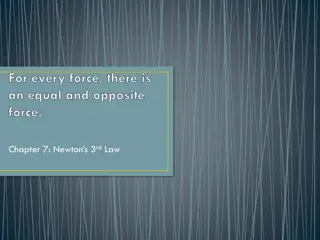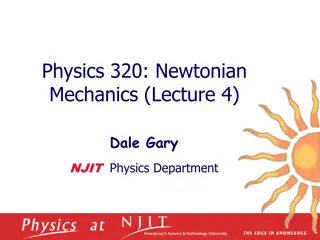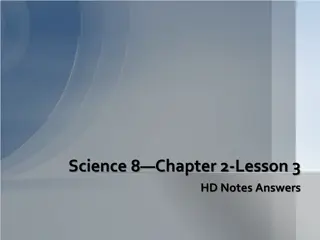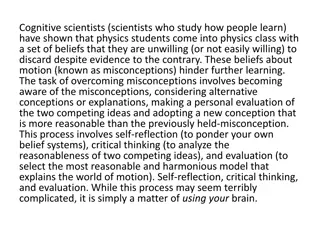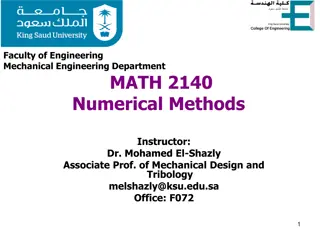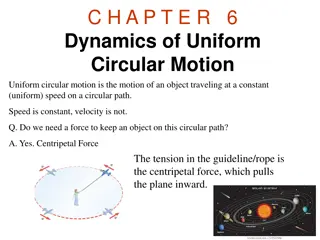Understanding Mass, Motion, and Force According to Newton's Second Law
Explore the relationship between mass, motion, and force through Newton's Second Law. Learn how the mass of an object affects the force required to change its motion, illustrated with examples like hitting different balls with the same force and pulling a wagon empty vs. loaded. Dive deeper into the concepts of mass and matter, and discover engaging educational resources to enhance your understanding, such as videos on Newton's Laws of Motion and demonstrations by Bill Nye.
Download Presentation

Please find below an Image/Link to download the presentation.
The content on the website is provided AS IS for your information and personal use only. It may not be sold, licensed, or shared on other websites without obtaining consent from the author. Download presentation by click this link. If you encounter any issues during the download, it is possible that the publisher has removed the file from their server.
E N D
Presentation Transcript
Mass & Motion Force, Motion, and Mass Newton s Second Law
Notes Write down the words in yellow. The words in white are discussion points, you may write these down, but are not required.
Mass & Matter Mass The amount of matter that makes up an object. Matter Anything that has mass and takes up space
Mass & Motion An object s mass determines how much a force will change its motion. The greater the mass of the object, the greater the force will be needed in order to affect it.
Mass & Motion Suppose you use a Ping-Pong paddle to hit both a bowling ball and a Ping-Pong ball. The mass of the bowling ball is much greater than the mass of the Ping-Pong ball. If you hit both balls with the same force, the Ping-Pong ball will move faster. It will also move farther.
Mass & Motion Now suppose you have an empty wagon you want to use to move a pile of books. The mass of the wagon when it is empty is less than the mass of the wagon when it is loaded with books. When you load the wagon with books, its mass increases. The greater the mass of the wagon, the less your pulling force affects its motion. If you pull the full wagon with the same force you used when it was empty, its motion will be less affected. The full wagon will move more slowly than when it was empty.
Watch: Under the Apple Tree (Newton s Laws of Motion) on Discovery Education (17:00) https://app.discoveryeducation.com/learn/vide os/84f961a3-c4c4-4247-955c- 43f4ee3dbad3?hasLocalHost=false
Watch the following video segments on Study Jams: 1.Force & Motion 2.Newton s First Law: Inertia 3.Newton s Second Law: Acceleration
Watch the following Bill Nye video clip on YouTube (3:53): https://www.youtube.com/watch?v=8iKhLGK 7HGk
Exit Ticket 1)What is mass? 2)How does an increase in mass affect the motion of an object?



